Rolex's Cosmograph Daytona meteorite dial is out of this world
Rolex unveils three new versions of the Oyster Perpetual Cosmograph Daytona, all with a dial made from metallic meteorite
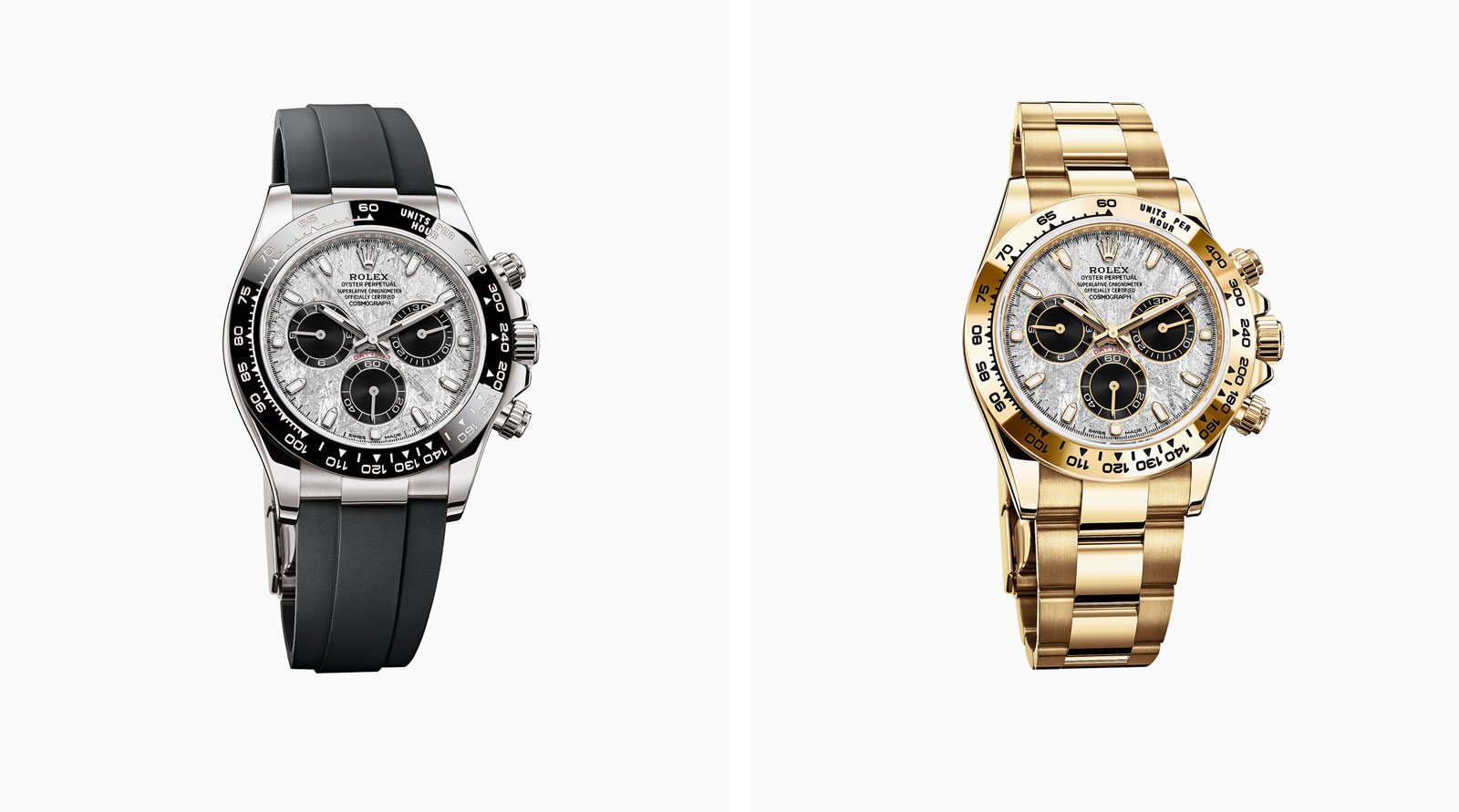
The latest iterations of the Rolex Cosmograph Daytona are defined by a metallic meteorite dial. The rare material, which comes from an asteroid that exploded millions of years ago, features a textured pattern formed as it cooled and crystallised over the years.
The material’s connotations of adventure and durability are apt for the Rolex Cosmograph Daytona, which traces its history back to the 1950s, a decade that marked the beginning of Rolex’s explorations into the potentiality of a watch beyond standard timekeeping.
Professional pursuits such as deep-sea diving and aviation began to be catered for with technologically savvy designs, an investment that paid off – when Sir Edmund Hillary and Tenzing Norgay reached the summit of Mount Everest in 1953, it was with their Oyster Perptuals at hand.
That same year, in celebration, Rolex unveiled both the first Oyster Perpetual Explorer and the first divers’ watch waterproof to a depth of 100m, the Submariner, cementing the brand’s new status as producer of professional watches.
A decade later, in 1963, the Cosmograph Daytona was launched, named after Daytona Beach in Florida, which had played host to more than a dozen world land speed records thanks to its firm sand. In the 1950s, the sand was replaced by the Daytona International Speedway, making location an integral part of motor racing history. The new watch nodded to this adrenaline-fuelled culture with its name and durable credentials, including a clear tachymetric scale for measuring speed, and a hardy case.
RELATED STORY

In the subsequent years, the Cosmograph Daytona has been rethought in multiple iterations, whether created with boldly coloured dials or cast in vivid yellow gold. Familiar design ticks, such as the emphasis on legibility, have remained consistent.
Now, Rolex has turned to a metallic meteorite dial. Mostly composed of iron and nickel, the material is cut into thin sections and subjected to a chemical treatment that uncovers its graphic internal structure. The three new versions – in white gold, yellow gold and Everose gold – all feature the familiar tachymetric scale, making this a useful tool for racing divers and watch aficionados alike.
INFORMATION
rolex.com
Receive our daily digest of inspiration, escapism and design stories from around the world direct to your inbox.
Hannah Silver is the Art, Culture, Watches & Jewellery Editor of Wallpaper*. Since joining in 2019, she has overseen offbeat art trends and conducted in-depth profiles, as well as writing and commissioning extensively across the worlds of culture and luxury. She enjoys travelling, visiting artists' studios and viewing exhibitions around the world, and has interviewed artists and designers including Maggi Hambling, William Kentridge, Jonathan Anderson, Chantal Joffe, Lubaina Himid, Tilda Swinton and Mickalene Thomas.
-
 Each mundane object tells a story at Pace’s tribute to the everyday
Each mundane object tells a story at Pace’s tribute to the everydayIn a group exhibition, ‘Monument to the Unimportant’, artists give the seemingly insignificant – from discarded clothes to weeds in cracks – a longer look
-
 Discover The Legacy, Hong Kong’s eye-catching new condo
Discover The Legacy, Hong Kong’s eye-catching new condoThe Legacy, by ACPV Architects Antonio Citterio Patricia Viel, is a striking new condo tower that aims to ‘create a sense of community and solidarity among people’
-
 In BDSM biker romance ‘Pillion’, clothes become a medium for ‘fantasy and fetishism’
In BDSM biker romance ‘Pillion’, clothes become a medium for ‘fantasy and fetishism’Costume designer Grace Snell breaks down the leather-heavy wardrobe for the Alexander Skarsgård-starring Pillion, which traces a dom/sub relationship between a shy parking attendant and a biker
-
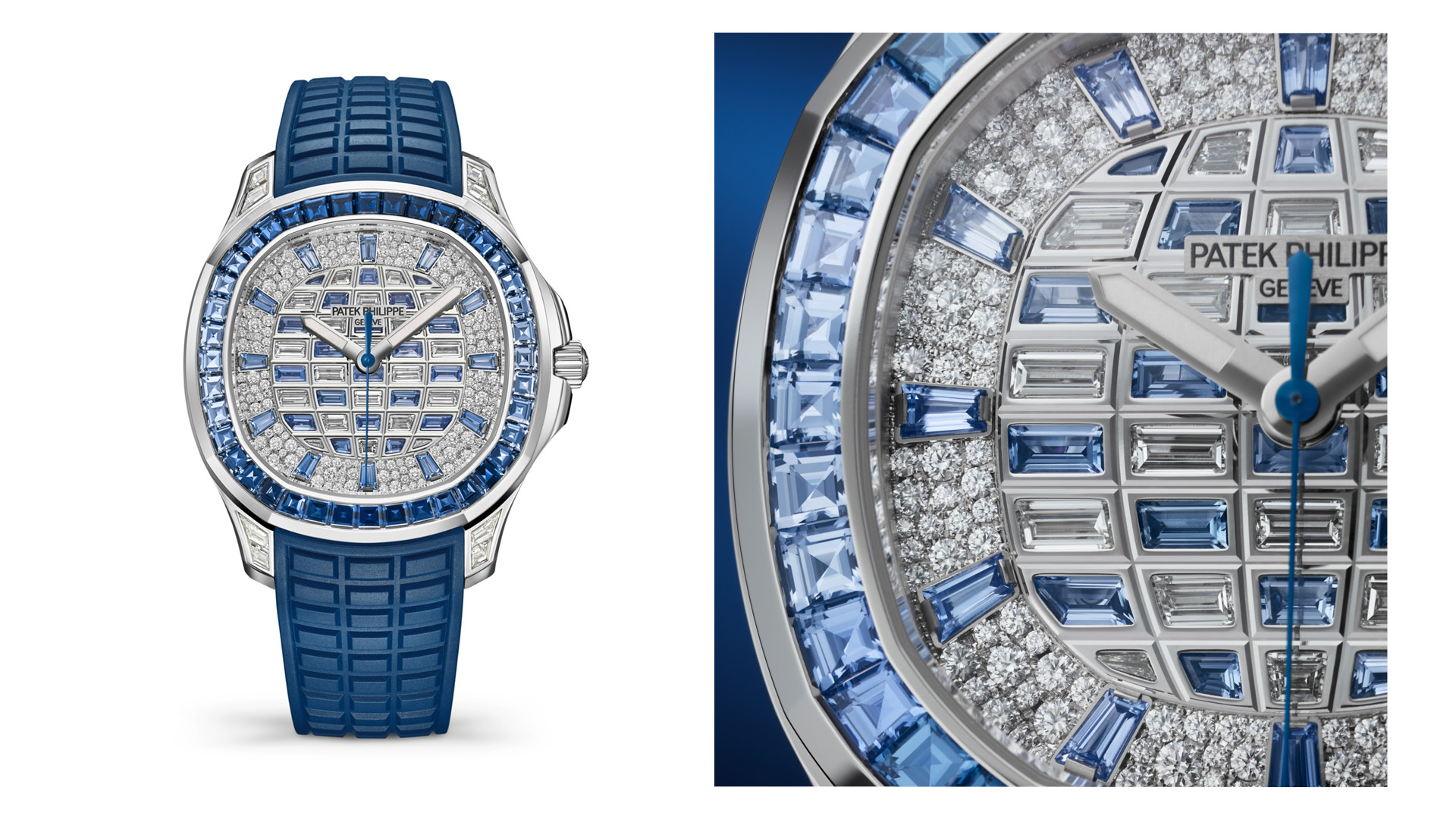 Jewelled watches: five iconic designs get a glittering makeover
Jewelled watches: five iconic designs get a glittering makeoverFrom the Rolex Daytona to the Patek Philippe Aquanaut, 2024 is a dazzling year for jewelled verions of watch design classics
-
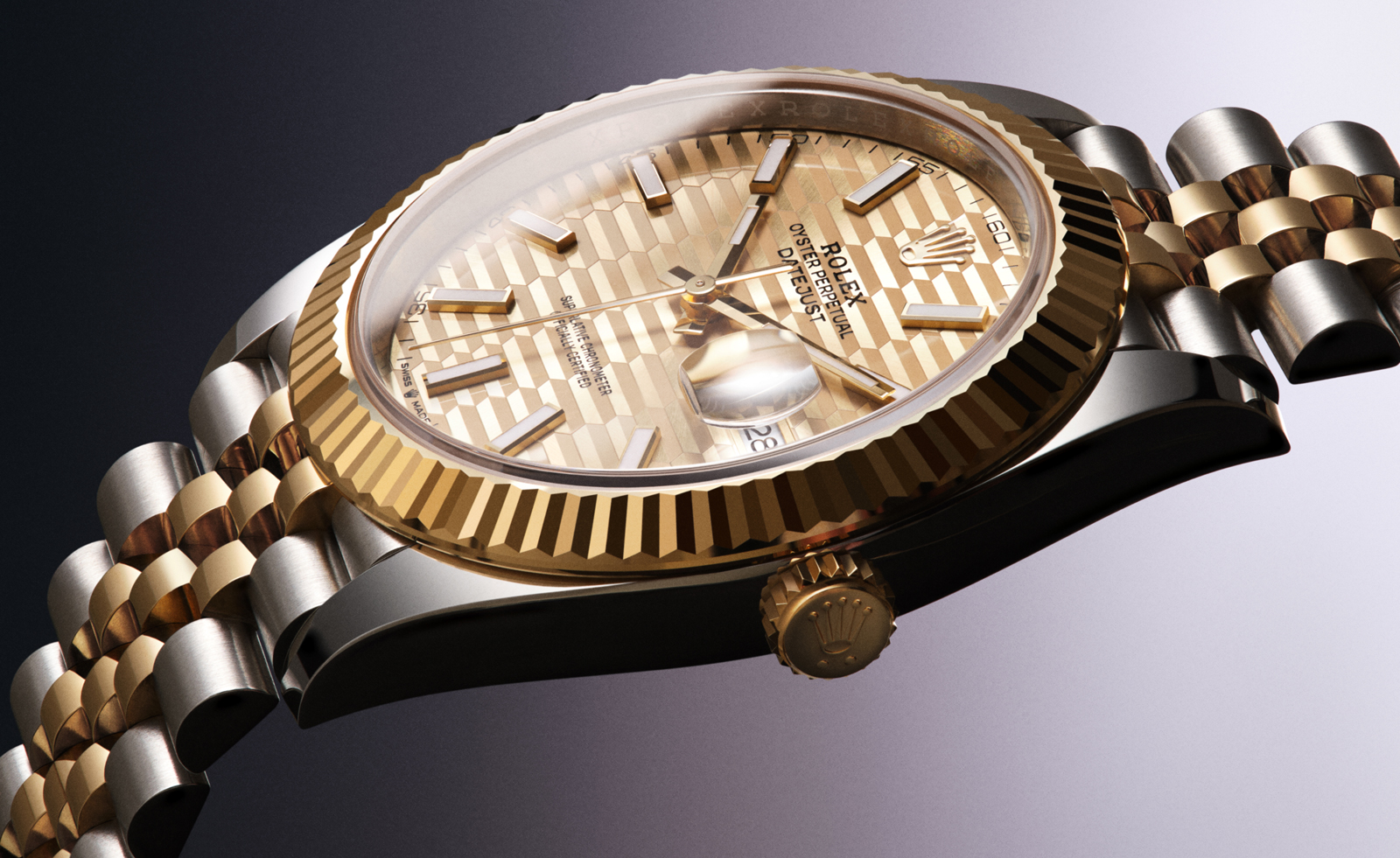 Rolex Datejust 41 imbues watch history with a modern twist
Rolex Datejust 41 imbues watch history with a modern twistRolex’s iconic Datejust has been updated with a new geometric golden dial that is perfectly in sync with the original wristwatch’s signature fluted bezel
-
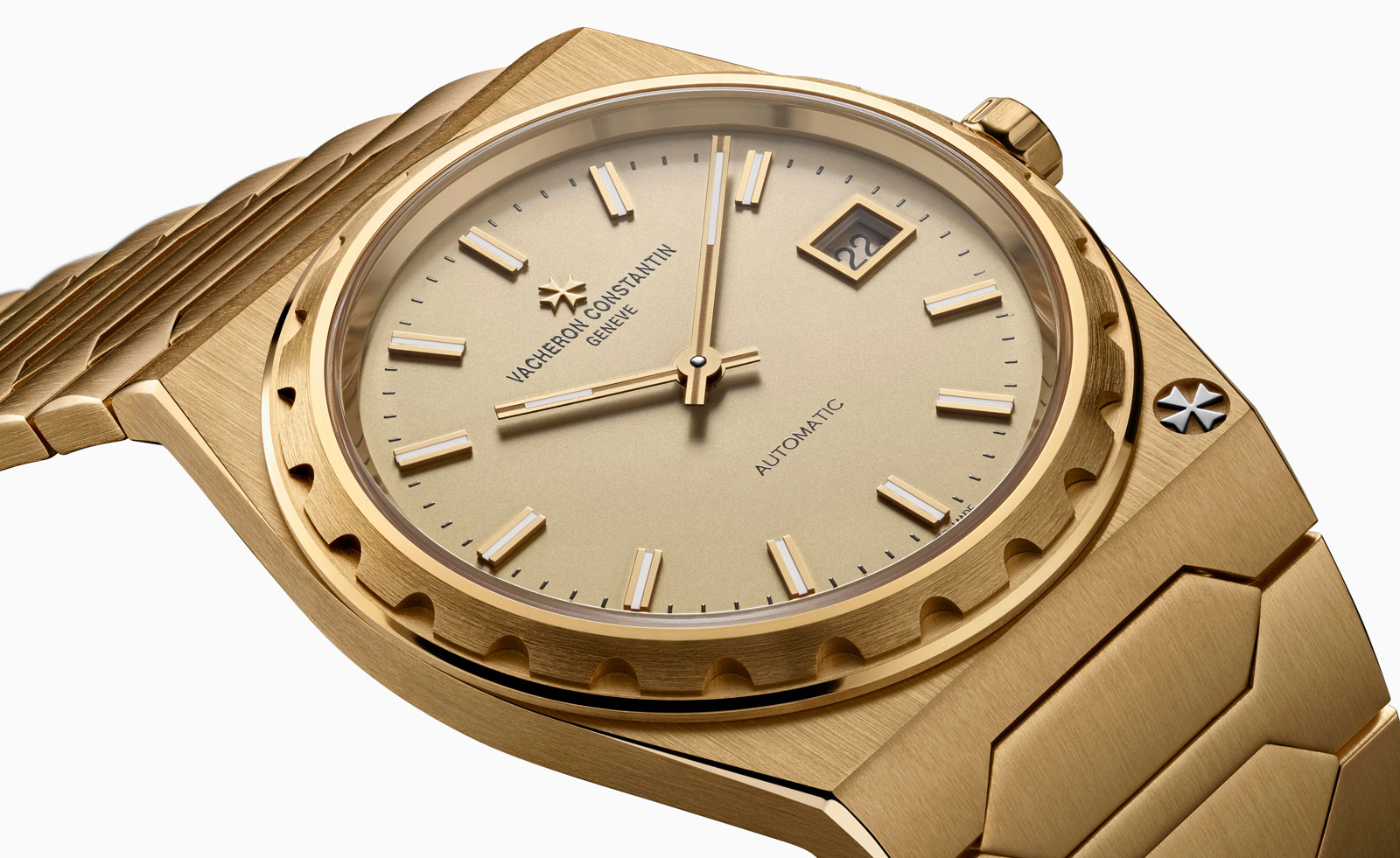 Vacheron Constantin unveils the Historiques 222 to mark 45 years since the model’s launch
Vacheron Constantin unveils the Historiques 222 to mark 45 years since the model’s launchVacheron Constantin restates its place in the pantheon of ‘sports chic’ watches
-
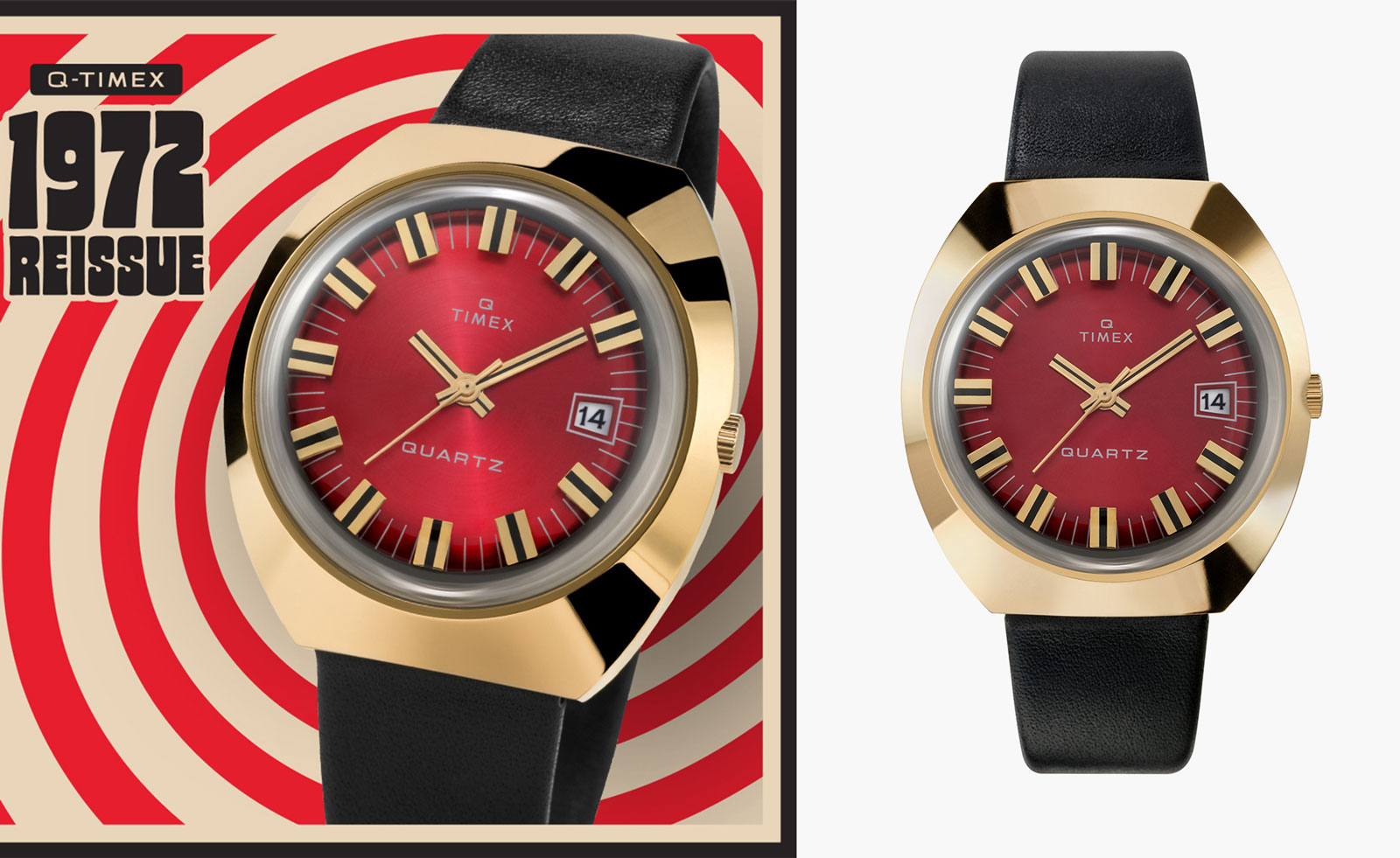 This Timex retro quartz watch is straight from the 1970s
This Timex retro quartz watch is straight from the 1970sThe Q Timex 1972 Reissue watch stays faithful to the design codes of the original
-
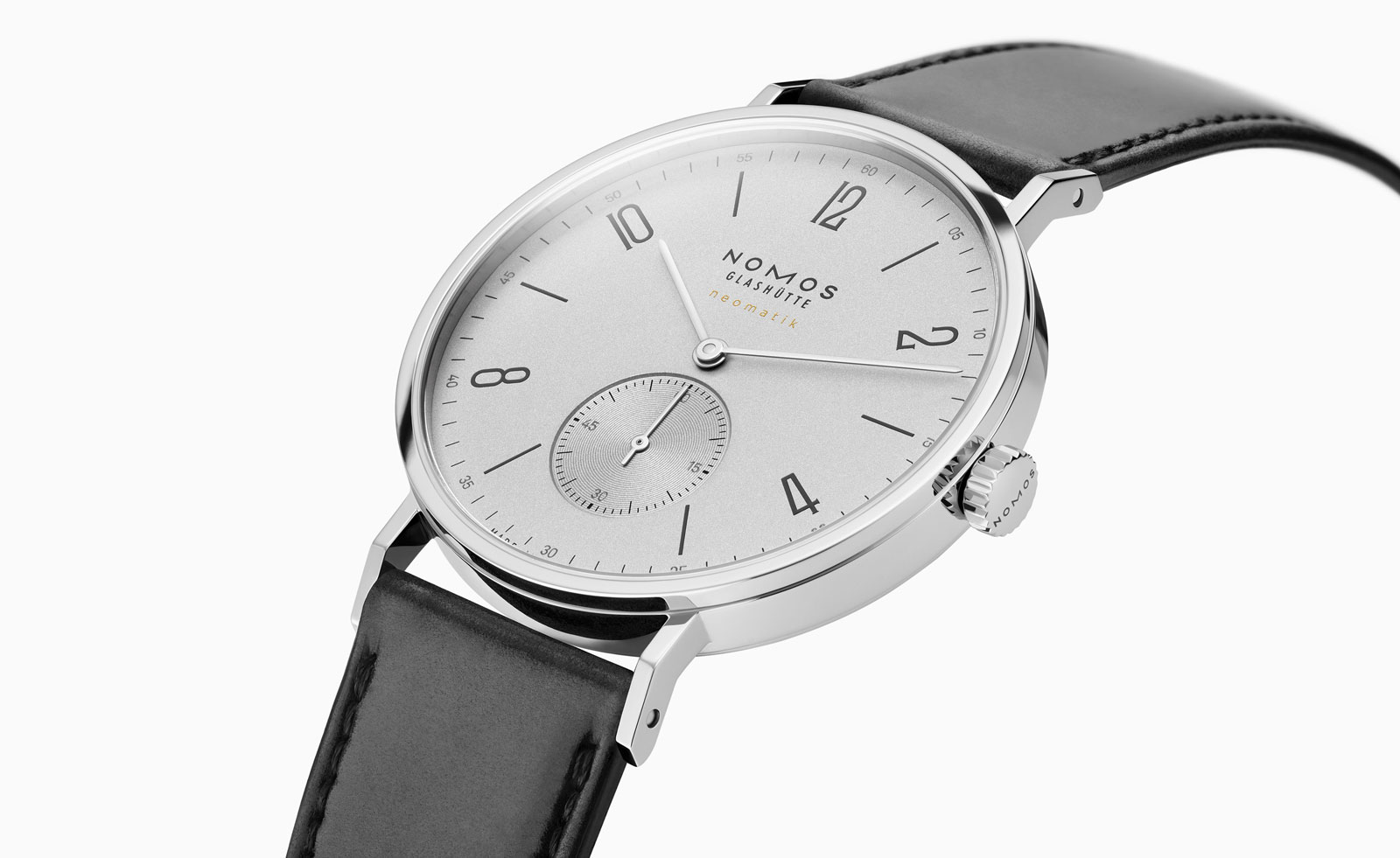 Classic meets cool in Nomos Glashütte’s platinum grey watch design
Classic meets cool in Nomos Glashütte’s platinum grey watch designTwo new Tangente Neomatik watches draw on Nomos Glashütte’s clean German design codes
-
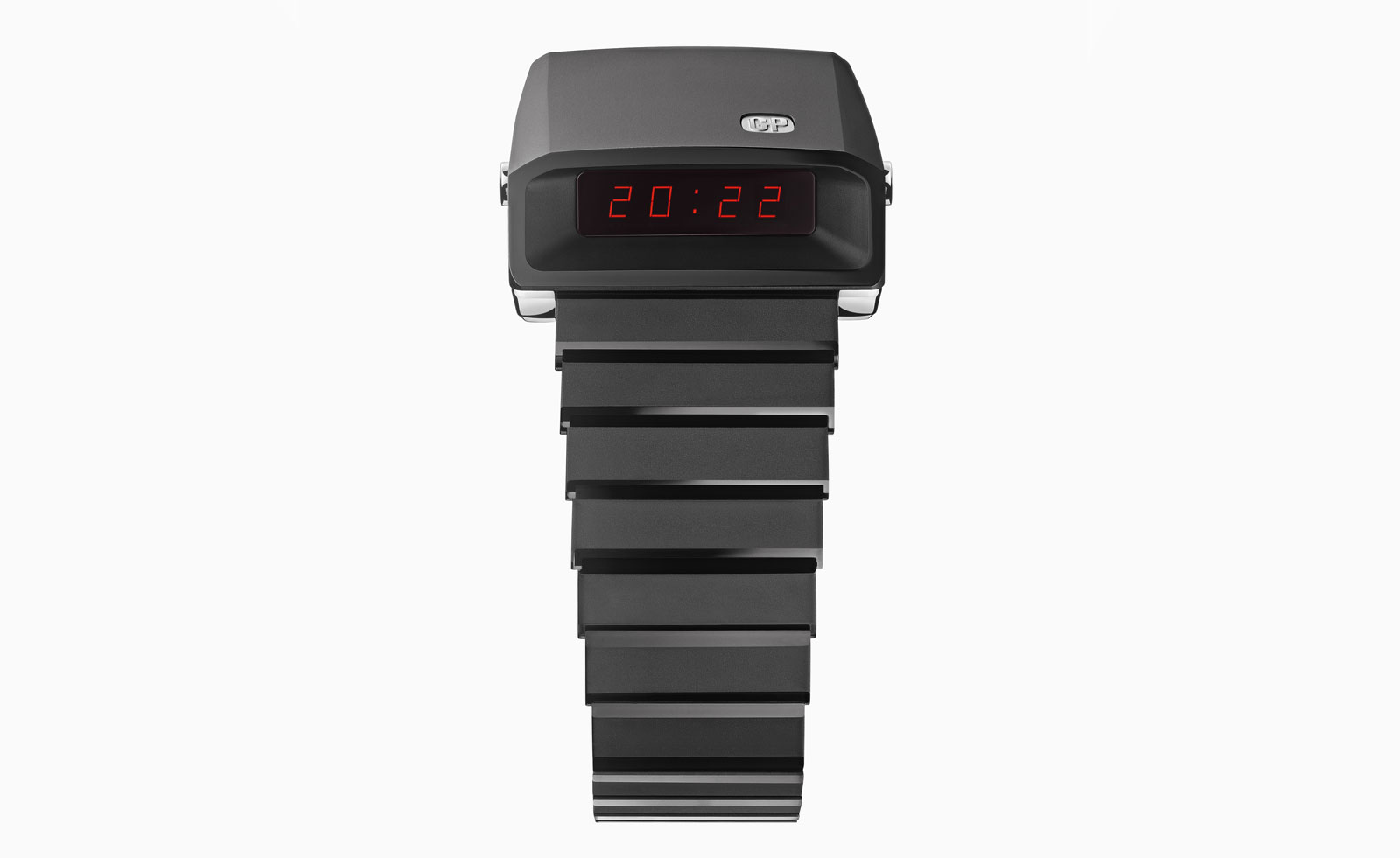 Girard-Perregaux goes back to the future with rethought Casquette watch
Girard-Perregaux goes back to the future with rethought Casquette watchGirard-Perregaux pays tribute to its original 1970s watch with the new and updated Casquette 2.0
-
 G-Shock marks 40 years of youth culture with limited-edition watch
G-Shock marks 40 years of youth culture with limited-edition watchG-Shock and the Museum of Youth Culture look to the archives for the new GW-M5610MOYC-1ER watch
-
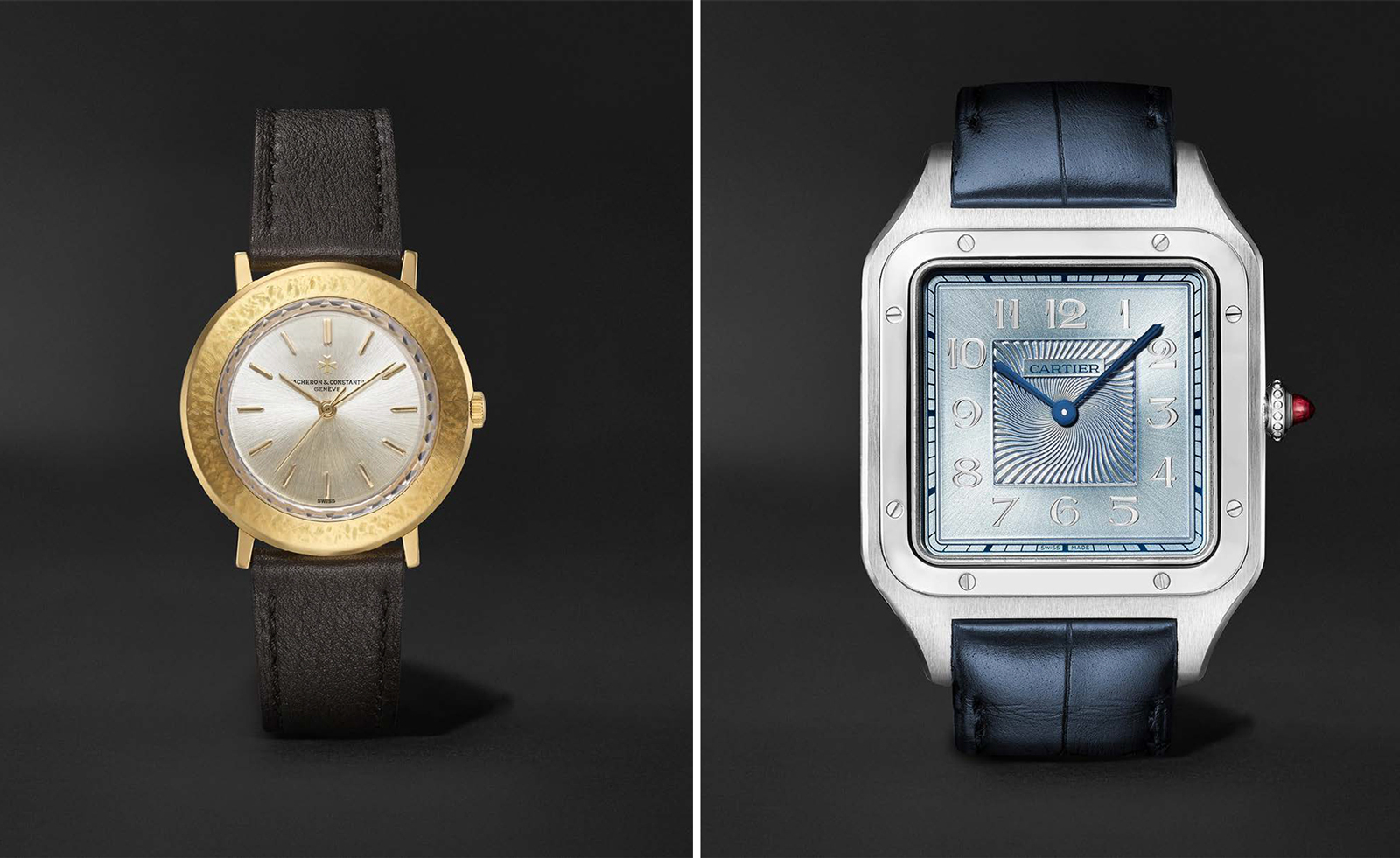 Ten watch brands mark Mr Porter’s anniversary with special editions
Ten watch brands mark Mr Porter’s anniversary with special editionsTen watch brands, including Cartier, Jaeger-LeCoultre, Vacheron Constantin and Bell & Ross, are celebrating Mr Porter’s tenth anniversary in style